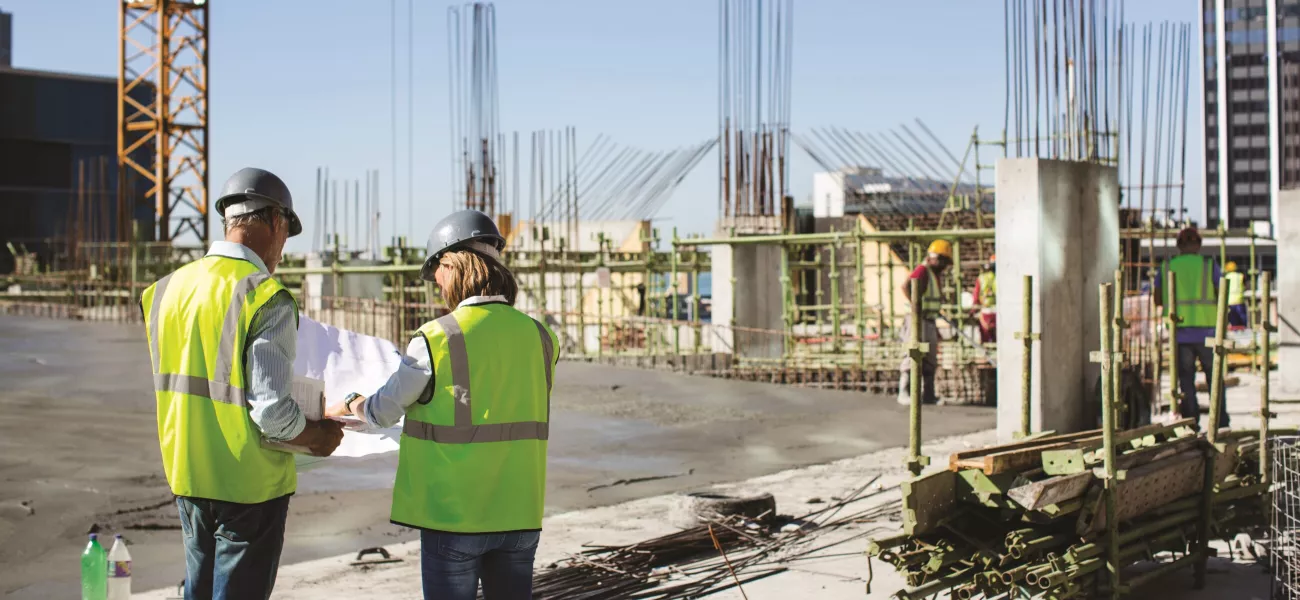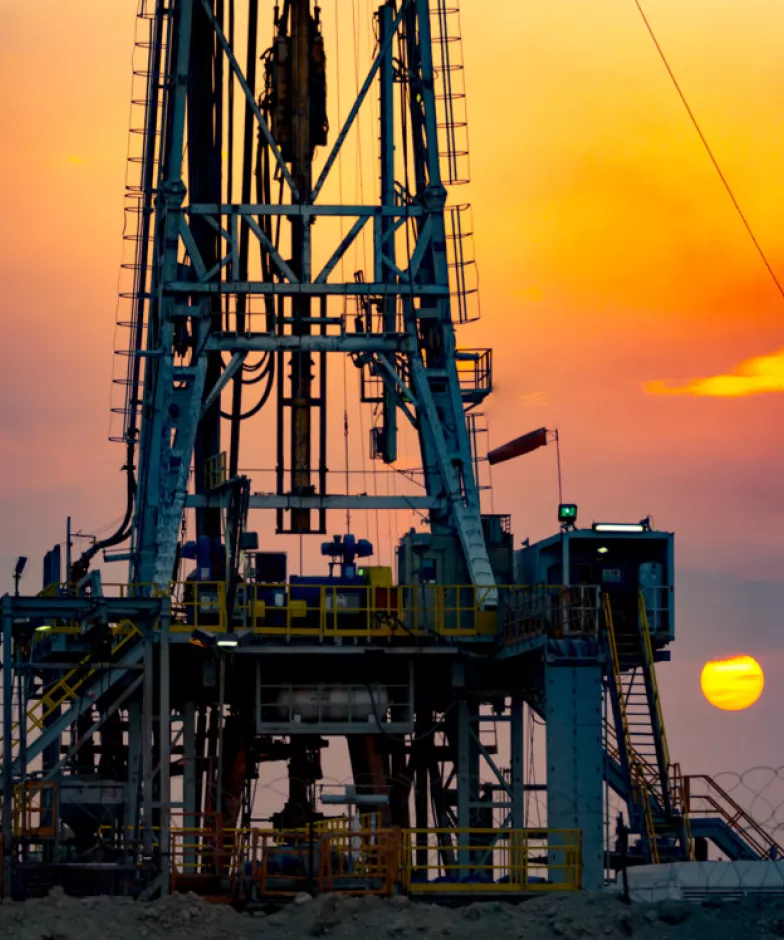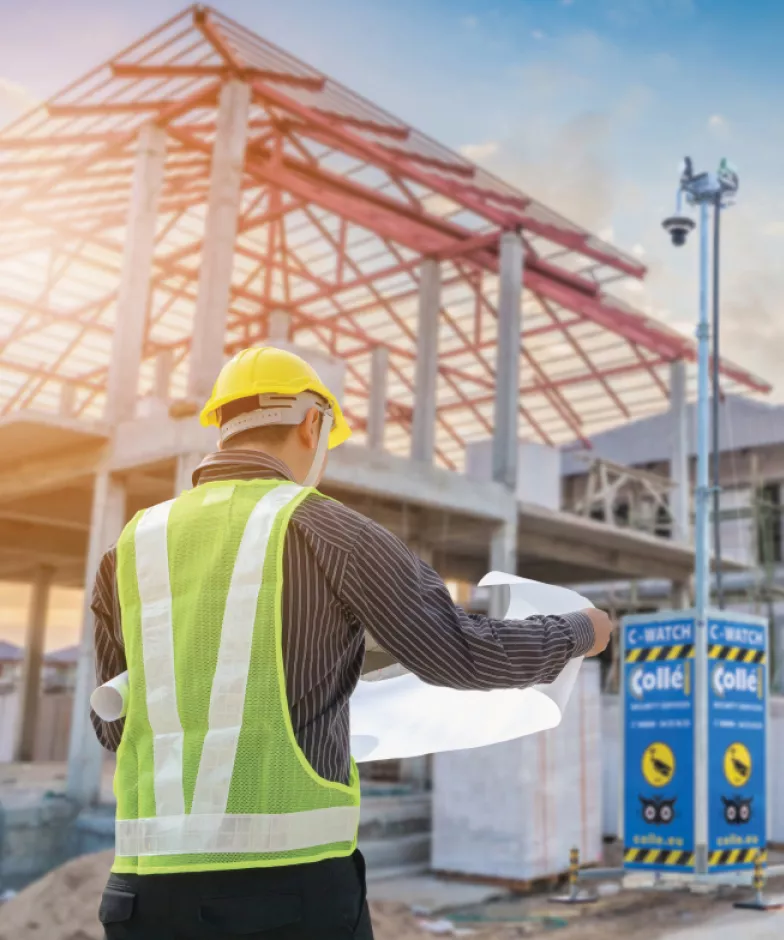
Deployable surveillance meets the unique safety and security needs of temporary structures by employing an agile and flexible model that requires less time and resource investment and delivers peace of mind. Here we explore some of the most common use cases and the powerful benefits of deployable surveillance.
Temporary structures are used for all manner of reasons, from music festivals and construction projects to high crime areas and oil and gas drill sites. As these structures are erected quickly and only for a limited amount of time, they are often left without adequate security measures in place due to the high cost and complexity of traditional surveillance installations. This shortfall can lead to higher rates of theft, accidents, and other preventable health, safety, and security incidents.
This is where deployable video surveillance and audio solutions are invaluable. Easy and quick to install, deployable solutions are a cost-effective, high-quality alternative to a choice between traditional network infrastructure or no surveillance at all.
Use cases for deployable surveillance
High-crime areas pose significant challenges for law enforcement agencies and local communities. The increasing trend of urbanization and rising crime rates have created a pressing need for innovative solutions to enhance public safety. Traditional fixed surveillance systems often fall short in addressing the dynamic nature of crime, which can shift quickly from one location to another. This is where deployable surveillance comes in – offering a flexible and effective way to address emerging crime patterns and hotspots.
For instance, during large events or festivals, temporary crowds can create opportunities for pickpocketing, theft, and other petty crimes. Deployable surveillance cameras can be swiftly set up in these areas to monitor the situation, detect suspicious activity, and alert authorities in real-time. This proactive approach enables law enforcement to respond promptly and effectively, preventing crimes from occurring and ensuring a safe environment for attendees.
Deployable surveillance solutions are ideal for areas with limited infrastructure or where permanent installations are not feasible. These mobile cameras can be rapidly deployed in hotspots, enabling swift response times and data-driven decision-making. Advanced analytics, such as object detection and alerts, help identify potential threats and prevent crimes before they occur.
By leveraging deployable surveillance, law enforcement agencies can:
- Enhance community safety and confidence
- Reduce crime rates through proactive policing
- Improve response times and effectiveness
- Gather valuable evidence for investigations
Effective deployable surveillance requires careful planning, coordination, and execution. By implementing these solutions, communities can take a proactive approach to reducing crime and improving overall safety.
Emergency management and disaster relief comprise another use case in which deployable video surveillance is a favorable solution to maintain safety and security. In humanitarian emergencies, deployable surveillance facilitates oversight and the protection of large-scale logistics and distribution of food, water and medicine. It helps emergency responders meet safety standards, while significantly reducing risk and mitigating potential accidents, ensuring the safety of workers and the protection of life-saving equipment. By providing reliable and timely updates to remote decision makers, video and audio surveillance also allow for rapid needs assessment and informed decision-making in times of crisis.
When it comes to construction sites and road construction projects, intrusion, interruption, and injury are three of the most common threats to productivity, profitability, and employee welfare across a site. Flexible and easily deployable surveillance facilitates high-quality remote supervision, thereby minimizing security issues . This includes assisting in health and safety monitoring and incident investigation, as well as protecting construction sites from unauthorized access, vandalism, and the theft of materials, tools, and machinery.
It is estimated that the construction industry suffers a loss of more than £400 million a year due to vandalism and theft. Deployable surveillance ensures that a site is adequately monitored and allows for site managers to be connected to security and access control systems in real time. This makes it possible to identify suspect activity before intrusion, and to visually verify what is happening before taking action to prevent damages and subsequent losses.

Oil and gas drill sites face many of the same challenges as construction sites, but their extremely remote locations add further complications. Being far from electrical grids necessitates off-grid solutions, such as solar power systems. Additionally, isolation severely increases emergency response times and delays the transport of injured staff to the nearest hospital. Strict compliance with personal protective equipment (PPE) rules and health and safety regulations is imperative. Onboard video analytics can detect and alert to a number of infractions, such as staff not wearing hard hats, or straying into dangerous areas. It can also monitor infrastructure for potential leaks or wear and tear for preventive action and maintenance. Likewise, temperature is often an indicator of equipment’s health. Thermometric cameras can alert to any unusual spikes, particularly valuable in potentially combustible environments.
Benefits of remote video surveillance and access control

For decision makers responsible for security at temporary and/or remote sites, it can be challenging to decide on the most appropriate surveillance system to implement that will fulfill their particular needs. The benefits of deployable surveillance include remote access to live and recorded high-resolution video from any authorized computer or smartphone, as well as automatic alerts for perimeter activity, intrusion, and easy integration with access control and alarm systems. A deployable solution is the most advantageous surveillance option for temporary structures because it is adapted to provide a flexible, scalable and reliable surveillance system that does not require an on-site physical network. Learn how Collé Rental & Sales invested in 24/7 autonomous monitoring of building sites.
Cost effective and versatile solutions
The applications for temporary/remote video surveillance are not limited to the use cases described above. In fact, they extend across multiple industries and activities: marathons, rallies, critical infrastructure, festivals – the uses are many. Deployable surveillance solutions provide high-quality detection around the clock, and by tapping into the increased available bandwidth in cellular networks, it is also now possible to build cost-effective solutions that can be easily set up and maintained.
How deployable surveillance works
A deployable solution provides high-end surveillance for a short period of time. It consists of a number of versatile, high performance IP cameras and/or video door stations, as well as a pre-configured cabinet with built-in 5G router and software for remote video management and viewing. These are frequently supplemented with radar solutions, mainly for object detection and classification purposes, and network audio systems to provide immediate deterrence, alert, and communication capabilities. The solution is both quick and easy to install, with excellent image quality, allowing for reliable detection, access control and remote site management. For temporary setups such as events or construction sites, the same equipment can be used multiple times, making it an even more cost-efficient option.
